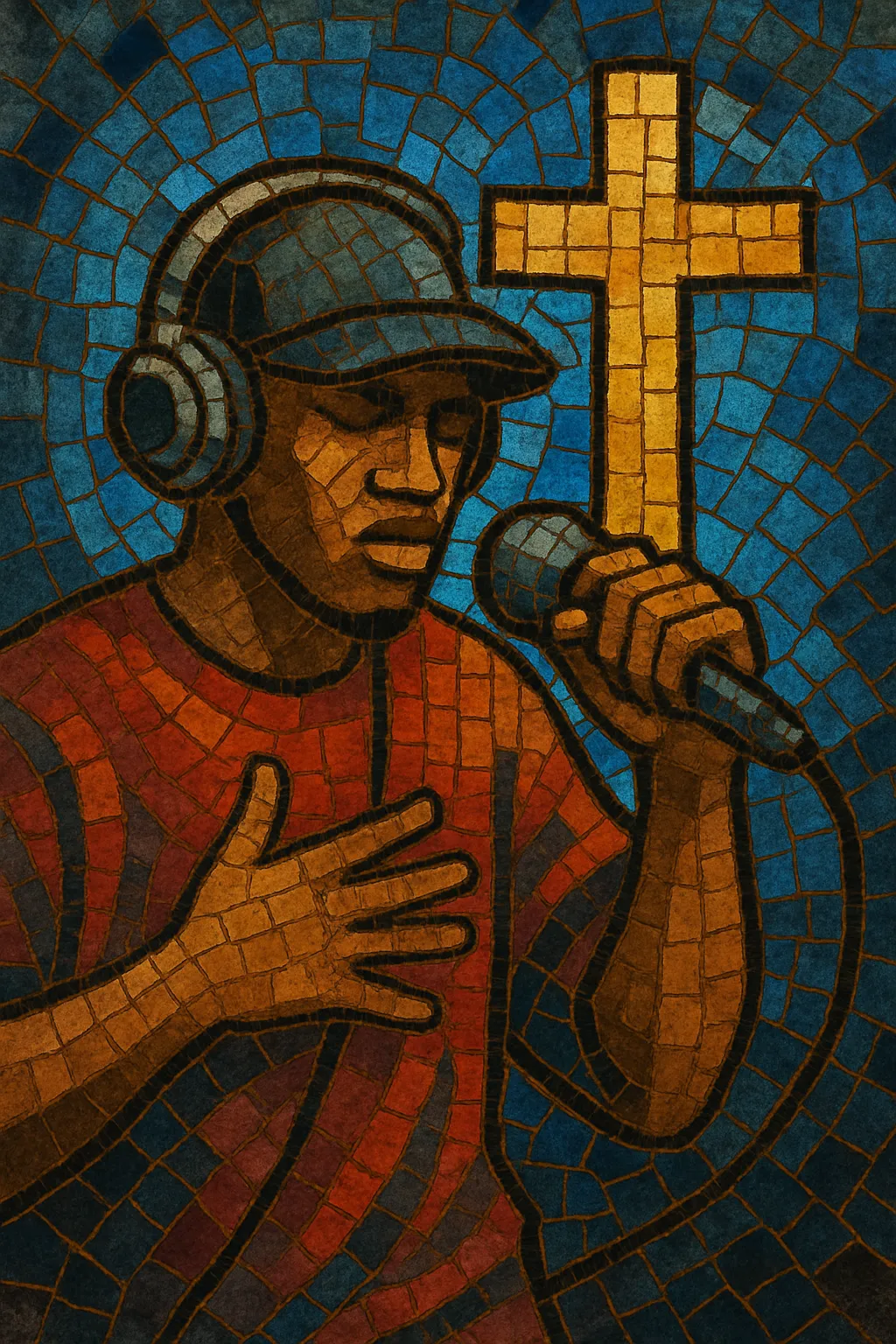Christian hip hop (also called holy hip hop or gospel rap) is a form of hip hop whose lyrics explicitly reflect the Christian faith, including themes of scripture, testimony, hope, social justice, and discipleship.
Musically it spans the same spectrum as mainstream hip hop—from classic boom‑bap to Southern trap and melodic pop‑rap—often blending church-leaning elements like gospel choirs, worship-style hooks, and positive, exhortative messaging. While it shares the rhythmic, vocal, and production grammar of hip hop, its center of gravity is theological and pastoral, aiming to edify believers and engage broader audiences without resorting to profanity or nihilism.
Early examples emerged in the United States as hip hop’s cultural footprint spread into churches and youth ministries. Pioneers such as Stephen Wiley ("Bible Break," 1985) and Michael Peace (late-1980s releases) demonstrated that rap could carry explicitly Christian messages. Meanwhile, genre‑bridging acts like DC Talk formed near the decade’s end, setting a template for fusing contemporary Christian music (CCM) markets with hip hop aesthetics.
The 1990s saw more artists, indie labels, and church networks support the style. Crews like The Cross Movement professionalized Christian rap’s craft and theology, emphasizing lyrical depth, exegesis, and street credibility. Distribution through Christian bookstores, conferences, and festivals provided an alternative pipeline to mainstream radio.
In the 2000s, Southern hip hop production (808s, double‑time hi‑hats) and pop‑rap choruses increasingly shaped the sound. Reach Records (116 Clique: Lecrae, Trip Lee, Tedashii, later Andy Mineo, KB) became a flagship, prioritizing high-end production and artist development. Lecrae’s albums (e.g., "Gravity," 2012) won Grammys, and "Anomaly" (2014) topped the Billboard 200—watershed moments that signaled broad cultural acceptance without diluting theological focus.
Streaming and social media enabled a wider stylistic range: trap, drill-inflected beats, emo-rap melodies, and worship-rap hybrids. Collaborations with gospel singers and CCM pop acts normalized rap verses in church contexts. International scenes (UK, Africa, Latin America) grew in parallel, often contextualizing lyrics to local issues and church traditions.
Within the community, artists and audiences continue to discuss missional aims versus artistic autonomy, sacred vs. secular market strategies, and how explicitly doctrinal lyrics should be. Despite these tensions, Christian hip hop has become a mature ecosystem with its own festivals, media outlets, and mentorship pipelines.


